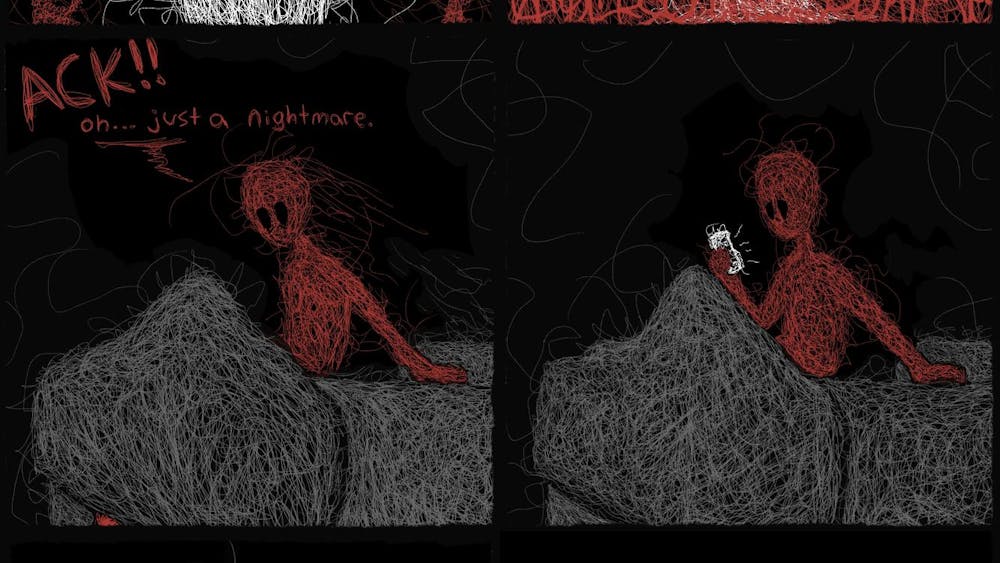The art of ceramics, consisting of much more than wheel-thrown pottery and pretty glazes, can be perfect and precise or distorted and unusual. The Ann Arbor Art Center’s latest exhibit, “Ceramics: Chaos to Perfection,” shows the varying styles of an art form some may not realize expresses such diversity.
“We call it ‘Chaos to Perfection’ because we want to showcase how diverse ceramics can be, and how well each artist executes their personal technique,” Tom Phardel, Ann Arbor-based ceramics artist and curator of the exhibit, said. “No one [piece] looks like any one else, not even slightly.”
Phardel’s hand-picked artists will be showcasing their work in downtown Ann Arbor at the Ann Arbor Art Center. The exhibit debuted with a reception on Friday and ends on July 22, just after the Ann Arbor Art Fair—a very deliberate scheduling overlap.
“The 95 degree weather brings people inside, and it’s a great opportunity for people to come and look at art without the crowds,” Phardel said.
The line-up of nine Michigan-based ceramicists is headed by two very different artists, Ken Shenstone and Joe Zajac.
“Ken does very raw, very brutal and gnarly work,” Phardel said. “And then you have Joe whose technique is super refined, very clean and precise. They’re polar opposites.”
Shenstone’s raw style comes mostly from the firing process, where the dried, moulded clay becomes the finished ceramic product. He uses a Japanese-style anagama kiln, which is fired by wood instead of electricity or gas.
“He is the only one in Michigan with this kind of kiln,” Phardel explained. “His is the size of a house.”
During the nine-day process, Shenstone feeds the kiln with firewood which produces ash that melds with the surface of the clay, giving the pieces a natural and unique finish. What happens to the pieces inside the kiln is subject in part to chance occurrence, as well as Shenstone’s skill with manipulating the firing process.
Zajac’s work, on the other hand, is well-planned and precise. While the surfaces of Shenstone’s pieces can be imperfect and gritty, Zajac’s are as smooth as glass.
“His pieces have an emphasis on colors and their relationship to one another,” said Phardel.
The seven other artists fit somewhere between the two extremes of Shenstone and Zajac, with varying degrees of chaotic or refined beauty, and are as diverse in age as they are in style. Some of them are fairly established in the world of ceramic art, but others are just starting out—one of them, Shaina Kasztelan, is a senior in college.
“Shaina used a deer skull and made a mold, which she cast with clay and decorated with cake decorators,” said Phardel. “It’s very time consuming.”
She used thick clay and piping tips to decorate the replicated deer skulls with intricate designs and bright colors.
“They sort of reference the Day of the Dead,” he said.
The rest of the artists include Nathan Hulsey, whose pieces look more like wood carvings than pottery; Alex Thullen, a glazing specialist; Janice Pollizin, who layers digital decals onto smooth surfaces; and artists Travis Taylor, Elizabeth Youngblood and Emily Duke.
Phardel is not exactly sure what to expect as far as turnout goes.
“There is so much work that goes into putting together one of these exhibits and then we usually have to beg people to come in,” he said.
The Ann Arbor Art Center is located at 117 W. Liberty St., and is open 11 a.m. to 6 p.m. Monday through Saturday and noon to 5 p.m. on Sunday. The exhibit can be found in the gallery on the second floor.










